Most of us have seen the distinct Blue Willow china pattern lining a shelf or two in our homes growing up.
The beautiful blend of blue and white porcelain has been a staple for families since the 1700s, but how much do you know about the classic dishes?
There have been a lot of myths and misconceptions about their background over the years, so I decided to get to the truth of the matter. Along the way, I uncovered more surprising facts about the Blue Willow design than I expected.
For instance, you won't believe how much some sellers are able to earn for certain mint-condition versions of the china. And do you know the truth behind the romantic story that's depicted on the most popular versions?
Take a look and chances are you'll be just as shocked as I was to finally get a glimpse behind the gorgeous Blue Willow china design.
Do you know someone who collects these pieces? Be sure to SHARE all the facts with them on Facebook!
1. The Designs Aren't Actually Chinese

Potter Thomas Turner and engraver Thomas Minton were definitely inspired by patterns they saw on traditional dinnerware from actual Chinese designers, but the British men combined the elements for their own unique look back in 1780.
2. The Romantic Story Behind The Design Is A Lie

As you probably guessed, considering the European roots, there is no truth to the scene depicting a classic Chinese folklore about a young couple eloping and transforming into willows.
The original versions used that as a marketing ploy to outsell the competition, claiming "authenticity."
3. They Inspired An Opera
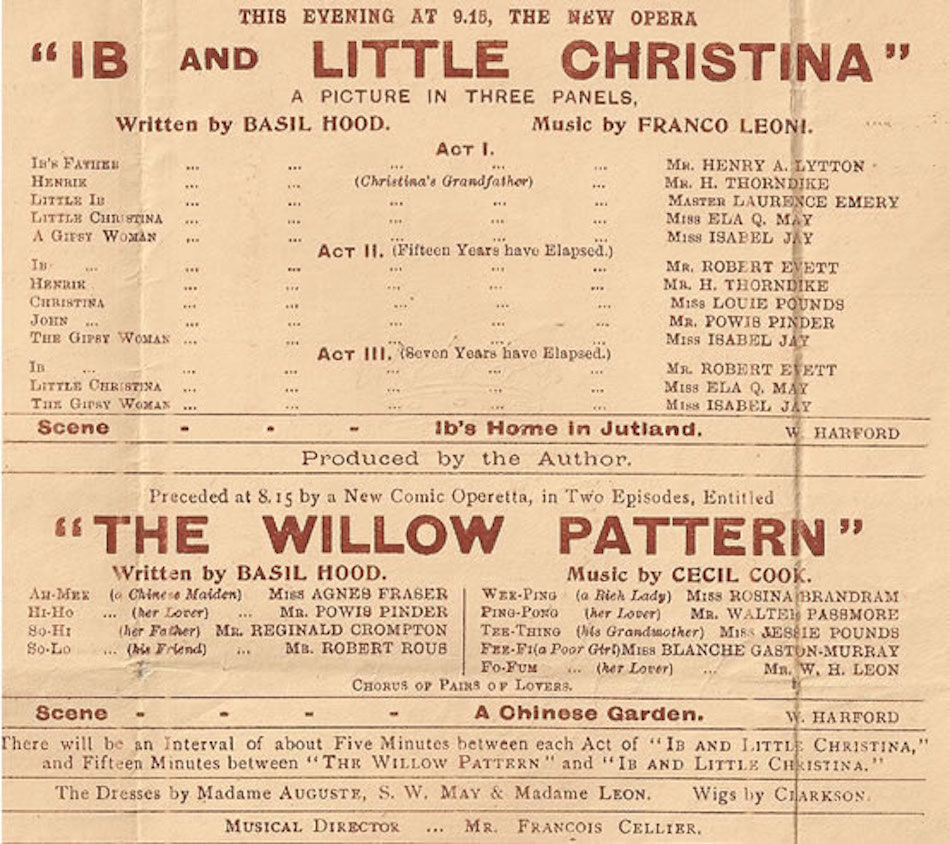
Despite the fictional foundation of the so-called folklore, the tale was translated into an opera called The Willow Pattern in 1901 — and later a silent film called Story of the Willow Pattern in 1914.
4. True Willow Patterns Have A Few Requirements
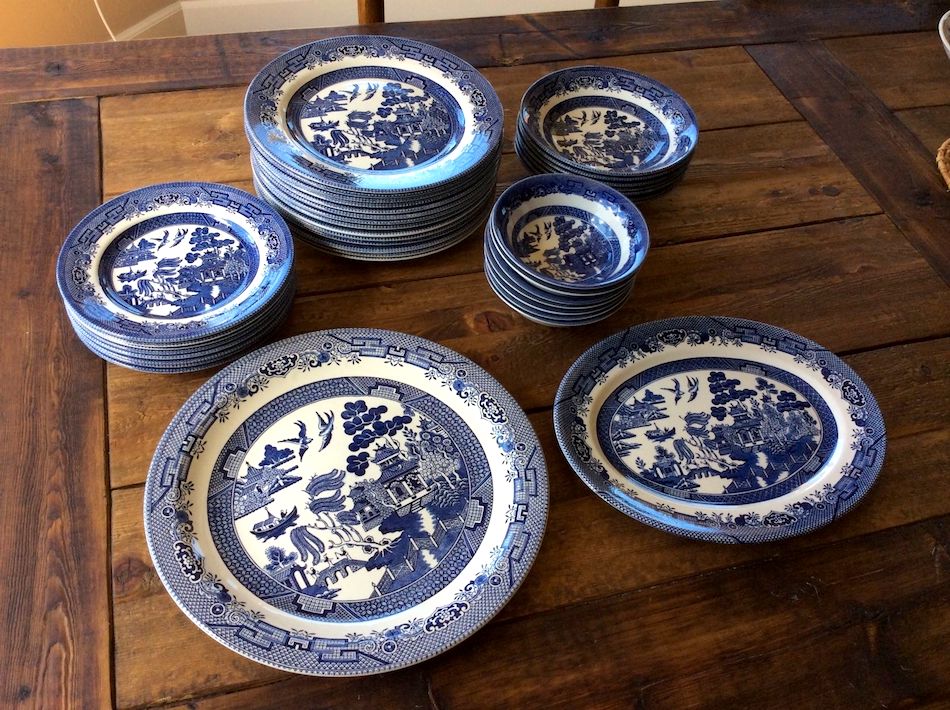
According to the Chicago Tribune back in 1994, genuine Blue Willow plates always include "a bridge, weeping willow, birds, three men, a pagoda, a border on the outside and inside of the edge of the plate, an island, a boat, a fence and an orange tree."
5. The Trees Aren't Apple Or Orange
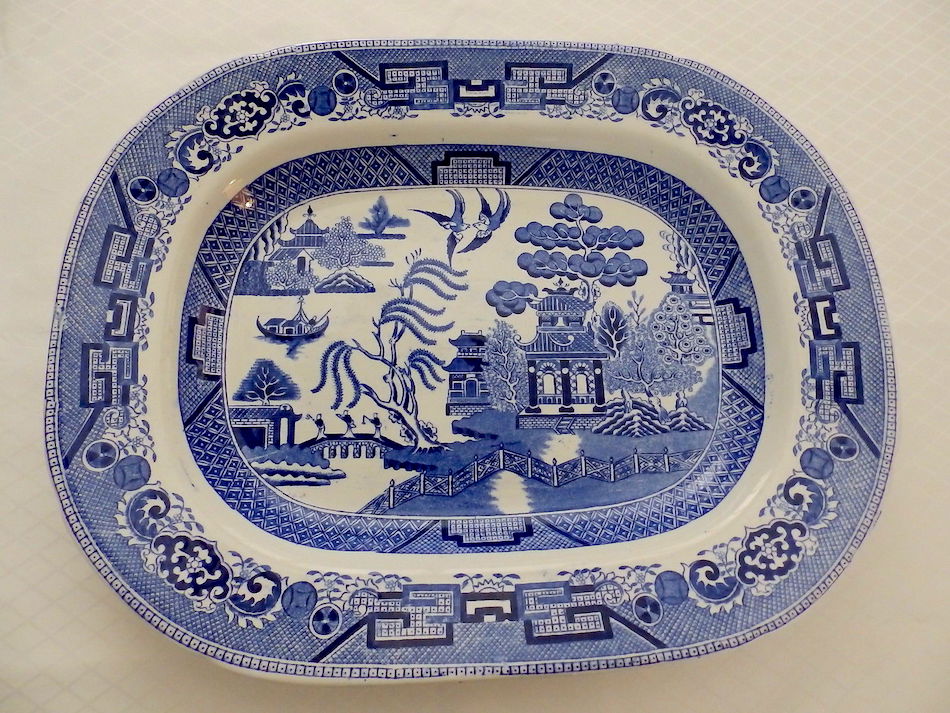
As you can see in the list of requirements, it was a long-held misconception that the trees were representing fruit. In truth, they are images of the Chinese pine tree.
6. They Were The Original "Blue Plate Special"
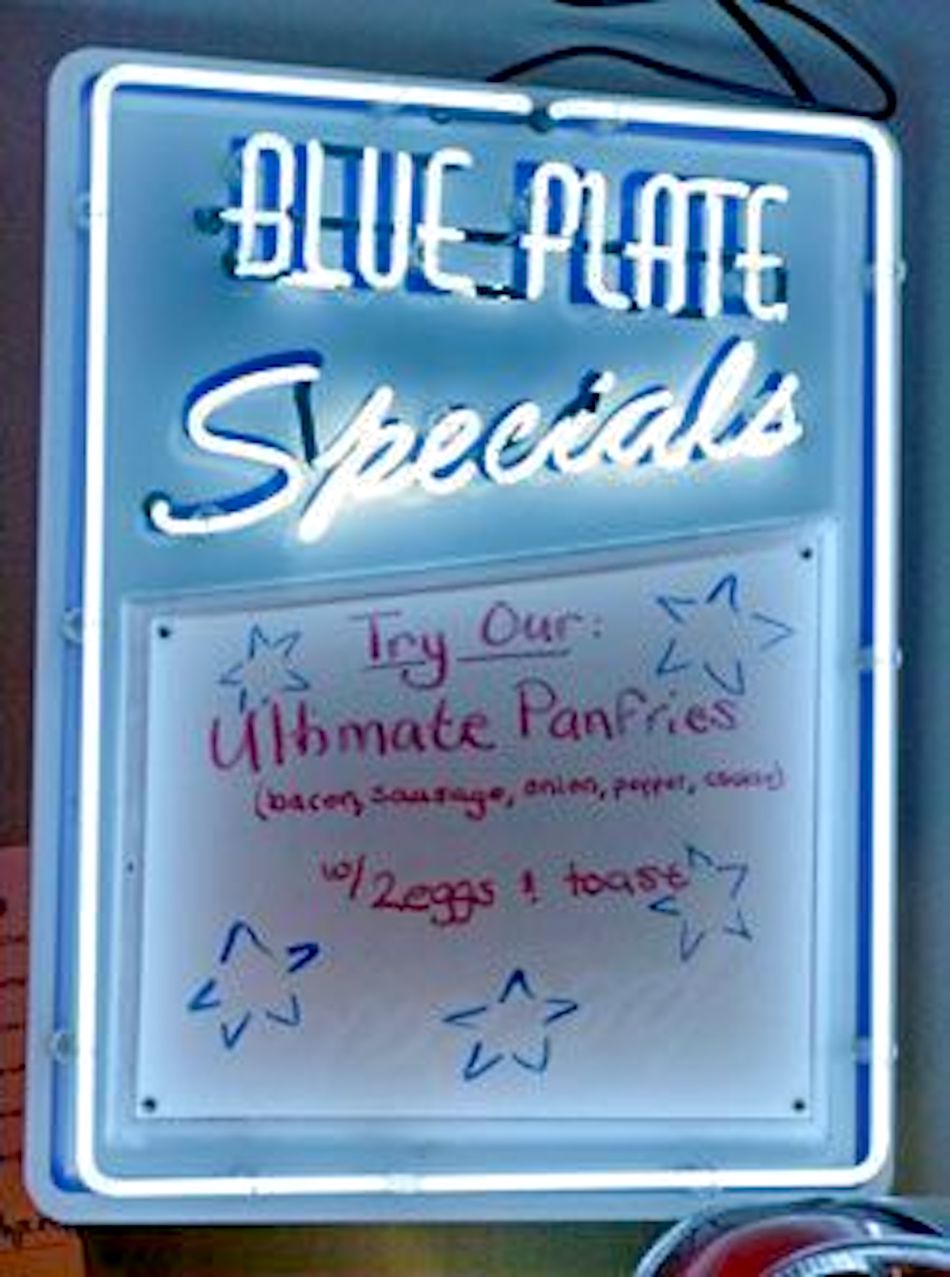
In the 1920s, restaurants would use the designs on the popular plates to portion out the meat and vegetables for their budget-friendly dinner options, again according to the 1994 Chicago Tribune article.
7. They Come In Other Colors
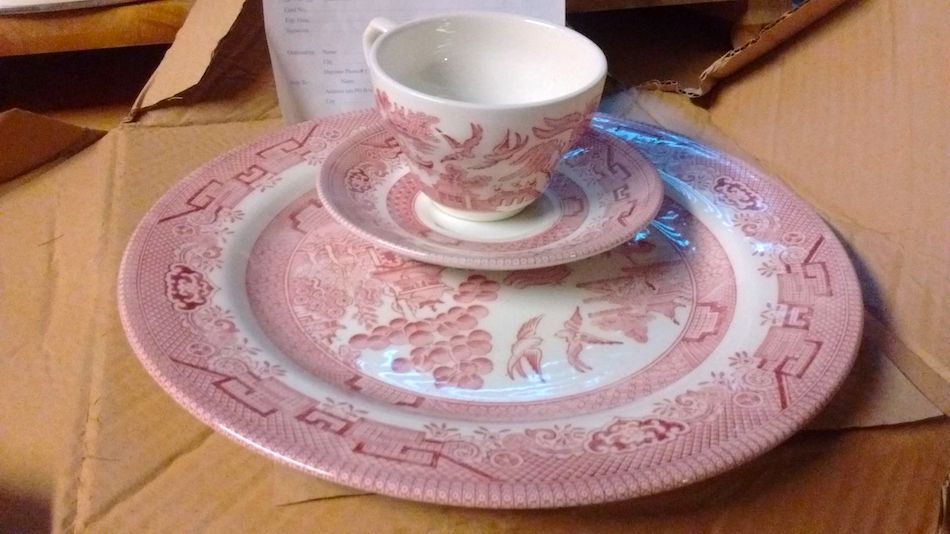
Blue has always been the most popular shade, but they have also come in pink, green, brown, and even combinations of all of the above.
8. The Birds Are More Plump In Certain Versions

The Chicago Tribune's 1994 article revealed this clever detail collectors picked up on.
Throughout the 1920s to '50s, Japanese potters capitalized on the popular design with one small detail setting them apart from the rest: the willows have more a little more meat on their bones.
9. They've Never Gone Out Of Style
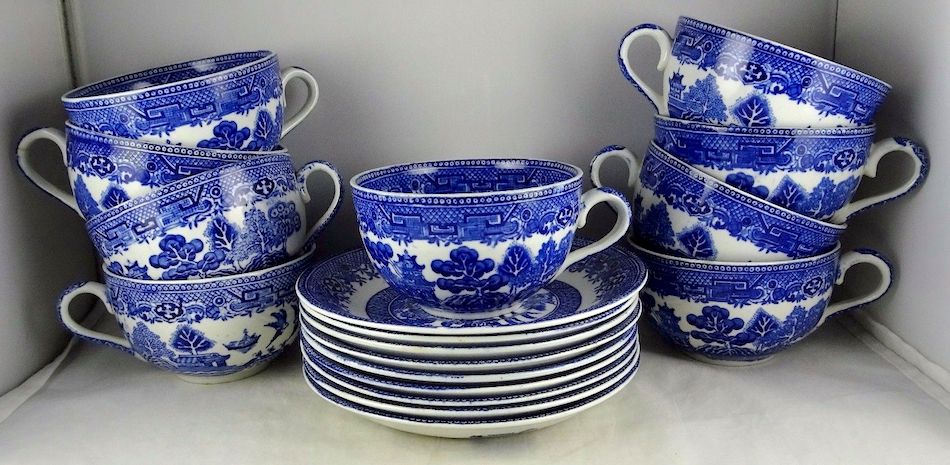
Despite popularity waning in more recent years, Blue Willow plates have continued to be in consistent demand by consumers since their initial production in the late 1700s.
10. There Are Annual Conventions For Collectors
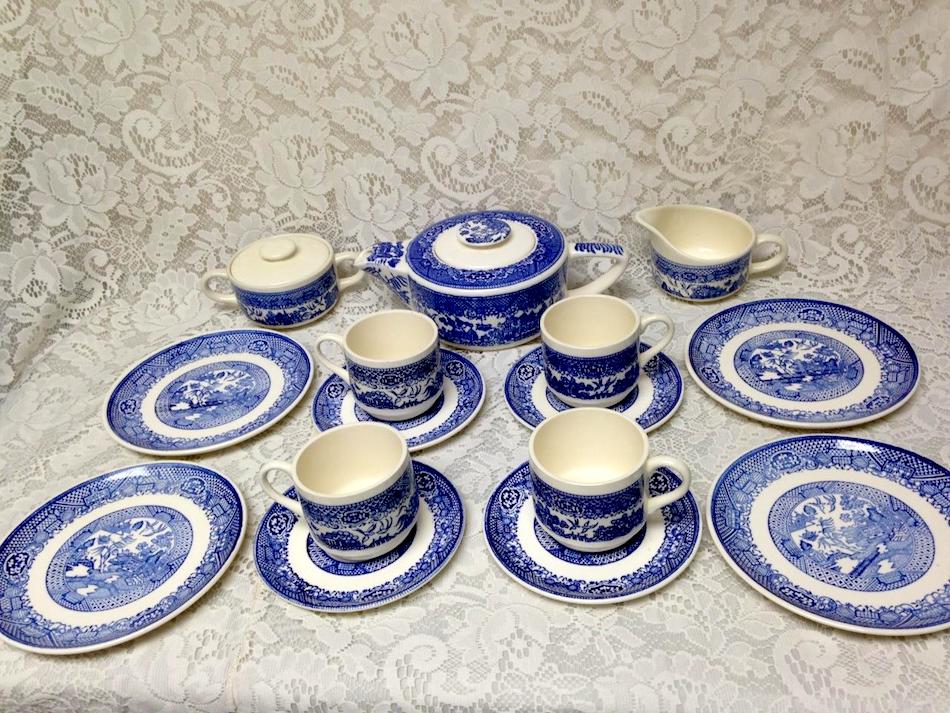
Starting back in 1986, a group known as the International Willow Collectors have gathered to celebrate their passion for the design and show off rare examples they've found over the years.
The initial meet-up was in Cincinnati, and the 2017 convention is scheduled to happen in Atlanta.
11. Mint Condition Designs Can Fetch A Pretty Penny

Just doing a quick search on eBay shows sellers offering up authentic, pristine versions of the Blue Willow wares for thousands of dollars a pop.
Of course, it depends on the quality and ability to authenticate whether they are genuine or not. Others have sets listed for as little as $4.00.
Did you learn something new about the classic china?
Be sure to SHARE all this information with your friends on Facebook!




